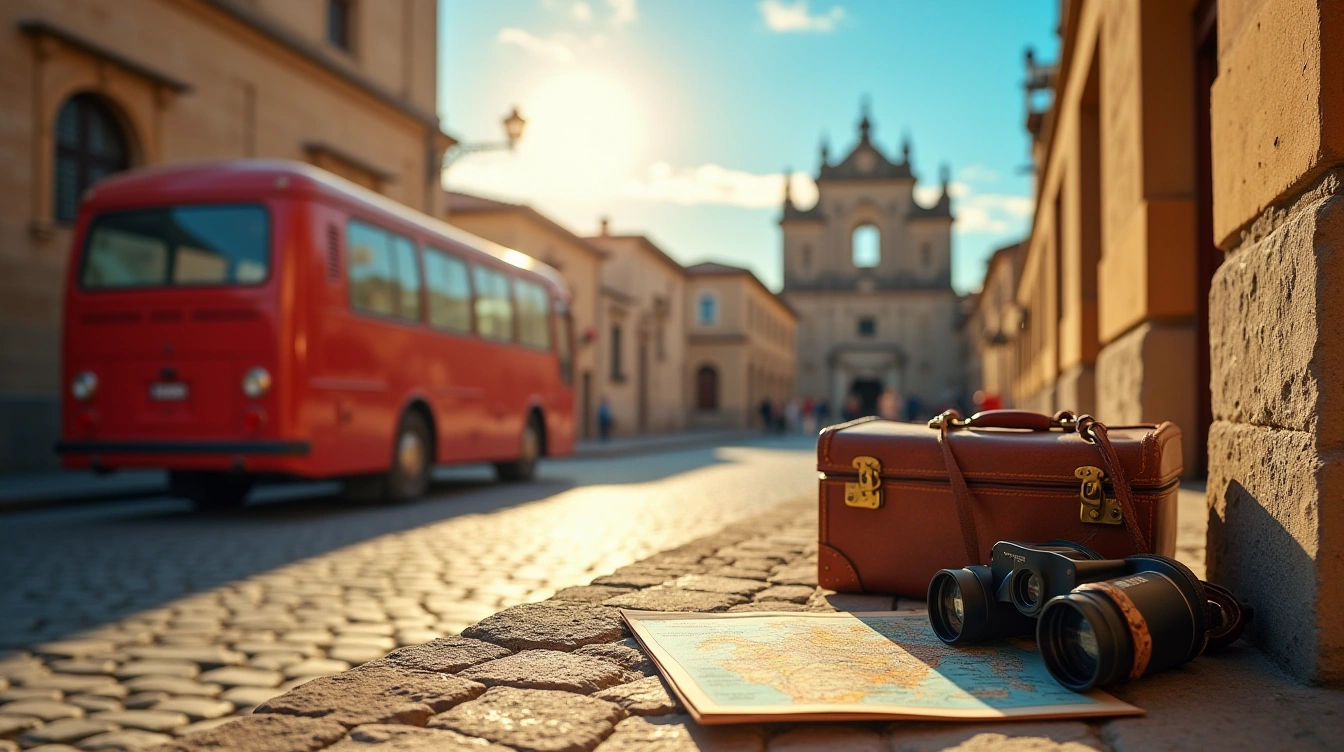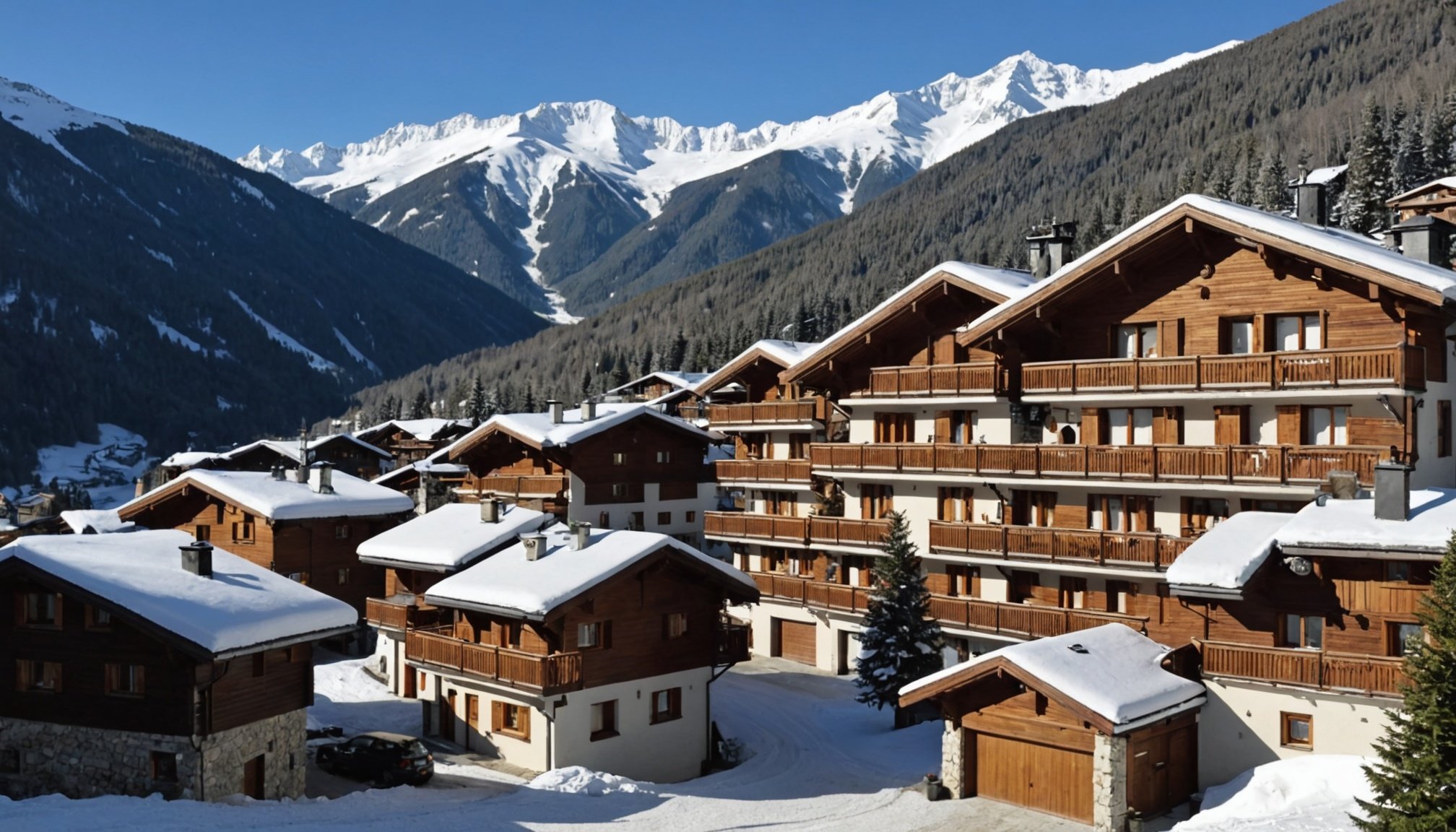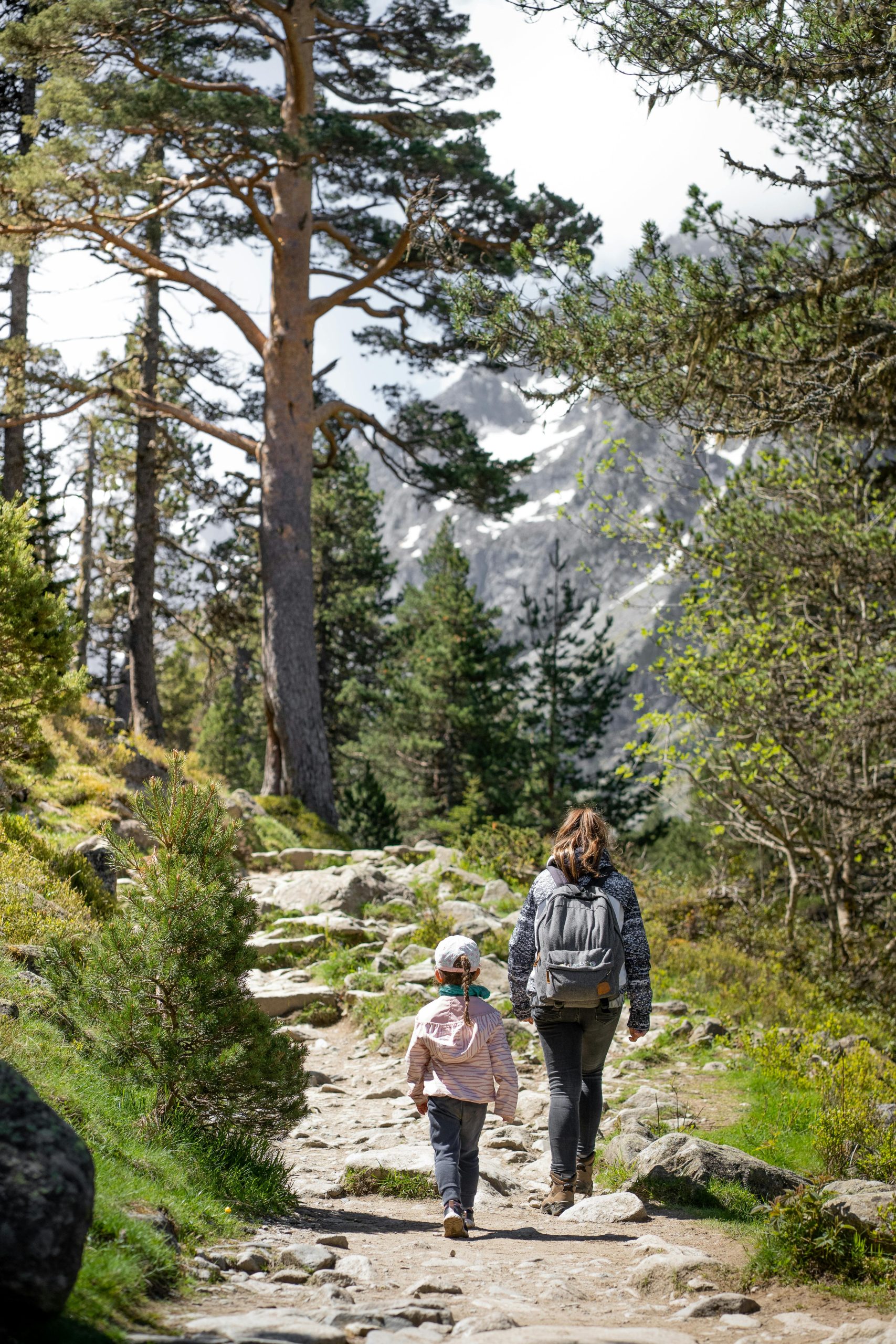
Discover the ultimate summer adventure in zermatt, switzerland
Planning Your Summer Adventure in Zermatt: A Premium Alpine Experience Nestled beneath the[…]

Why the Turbopass Rome Is the Best Way to Explore the City?
End the endless waiting at the entrance of Saint Peter’s Basilica, leave museum[…]

Exciting updates on your future ryokan with onsen retreat
Discovering the Magic of Traditional Japanese Ryokan Featuring Natural Hot Spring Baths Immersing[…]

Unleash your adventure with private custom tours in spain and portugal
Discover Exclusive Private Tour Experiences Across Spain and Portugal What if your next[…]

Find your dream holiday rental in courchevel la tania
Finding the perfect holiday rental in Courchevel La Tania transforms your ski trip[…]

Unlock your next adventure with hike seeker’s top trails
Discover hiking like never before with Hike Seeker’s expertly guided trails across Trinidad[…]
How Can Tourists Snag Bargains While Exploring the UK?
Essential Money-Saving Strategies for UK Travelers Master the art of stretching your travel[…]
How Can You Explore UK Tourist Attractions on a Budget?
Budget-Friendly Tourist Attractions in the UK Discovering UK budget attractions is a rewarding[…]
What Are the Surprising Benefits of Visiting Lesser-Known UK Destinations?
Unique Cultural Experiences in Lesser-Known UK Destinations Exploring lesser-known UK destinations offers a[…]
How can you explore the UK’s natural beauty without overspending?
Affordable Travel Planning for Exploring the UK’s Natural Beauty Planning budget travel UK[…]
What are the Hidden Tourist Spots to Explore in the UK?
Top Hidden Tourist Spots in the UK for Authentic Experiences Discovering hidden tourist[…]
What Are the Hidden Spots in the UK That Tourists Often Overlook?
Essential Hidden Spots in the UK Beyond Tourist Trails Discovering hidden gems UK[…]
What Hidden Gems Can Travelers Discover in the UK During Their Vacation?
Curated List of Lesser-Known Attractions Across the UK Discovering UK hidden gems offers[…]
How are cultural festivals influencing UK tourism dynamics?
Cultural Festivals as Catalysts for Tourism Growth Cultural festivals in the UK have[…]
What should you consider when choosing a UK rental for a summer holiday?
Essential Factors for Choosing a UK Rental for a Summer Holiday Selecting the[…]
Discover the Finest UK Cruises Showcasing the Rich Legacy of British Agriculture
Overview of UK Cruises Highlighting Agricultural Heritage The UK, rich with historical allure,[…]
What Are the Essential Tips for Experiencing Hidden Gems in the UK?
Essential Planning Tips for Discovering Hidden Gems in the UK When embarking on[…]
How Can You Experience Authentic British Cuisine During Your Trip?
Top Must-Try Authentic British Dishes Discovering British traditional dishes offers a window into[…]
Why Should You Choose Eco-Friendly Accommodation Options in the UK?
Benefits of Choosing Eco-Friendly Accommodation in the UK Choosing eco-friendly accommodation in the[…]
Set Sail Through History: Top UK Cruises to Uncover Britain’s Shipbuilding Legacy
Historical Shipbuilding Sites Along the Cruise Routes Exploring historical shipbuilding sites is an[…]
Unveil the Secrets of British Cinema with London’s Top Historical Guided Tours: The Definitive Guide!
Unveil the Secrets of British Cinema with London’s Top Historical Guided Tours: The[…]
Uncover Top Lake District Vacation Rentals for Memorable Birdwatching Adventures
Top Vacation Rentals for Birdwatching in the Lake District The Lake District boasts[…]
Discover the Best UK Cruise Escapes: Dive into Authentic British Festivals
Overview of UK Cruise Escapes Featuring Festivals UK cruise experiences offer an intriguing[…]
What are the top art galleries in the UK for art lovers?
Top Art Galleries in London for Art Enthusiasts When exploring London art galleries,[…]
Embark on an Unforgettable Camping Odyssey: Discover Enchanting Medieval Castles Across the UK
Introduction to Camping Near Medieval Castles Camping near medieval castles offers an enchanting[…]
How Can You Experience the UK’s Diverse Wildlife?
Experiencing the UK’s Varied Natural Habitats The UK wildlife habitats span woodlands, wetlands,[…]
How Can You Explore the UK by Bicycle?
Top Cycling Routes Across the UK Discovering the best bike trails across the[…]
Essential Waterproof Equipment for an Unforgettable UK Camping Experience
Essential Waterproof Tents for UK Camping Embarking on a camping adventure in the[…]
What Unique Camping Locations in the UK Should Be on Your Bucket List?
Curated List of Unique Camping Locations in the UK Discovering unique UK camping[…]
How Can You Enjoy the UK’s Vibrant Music Scene?
Overview of the UK’s Vibrant Music Scene The UK music culture is renowned[…]






